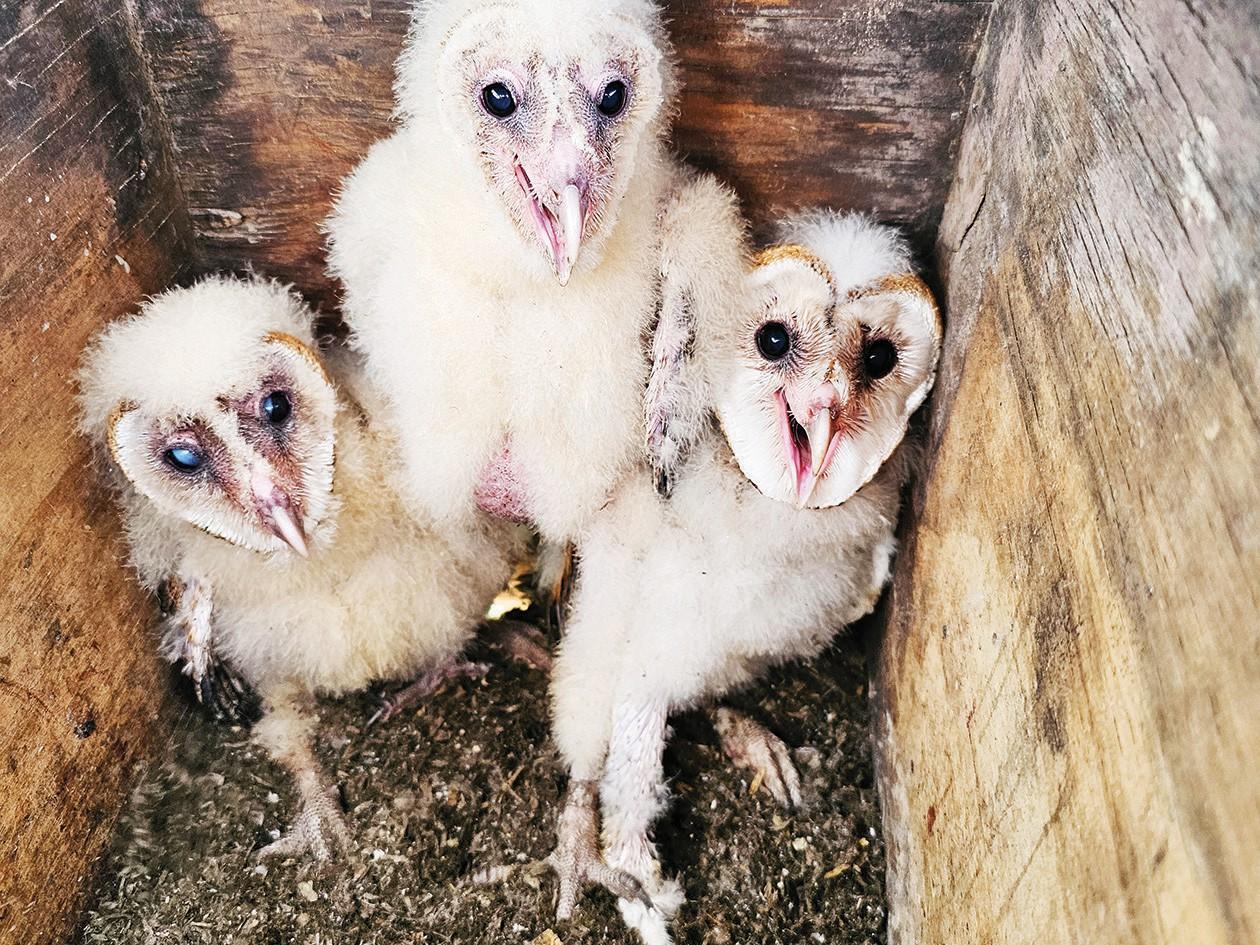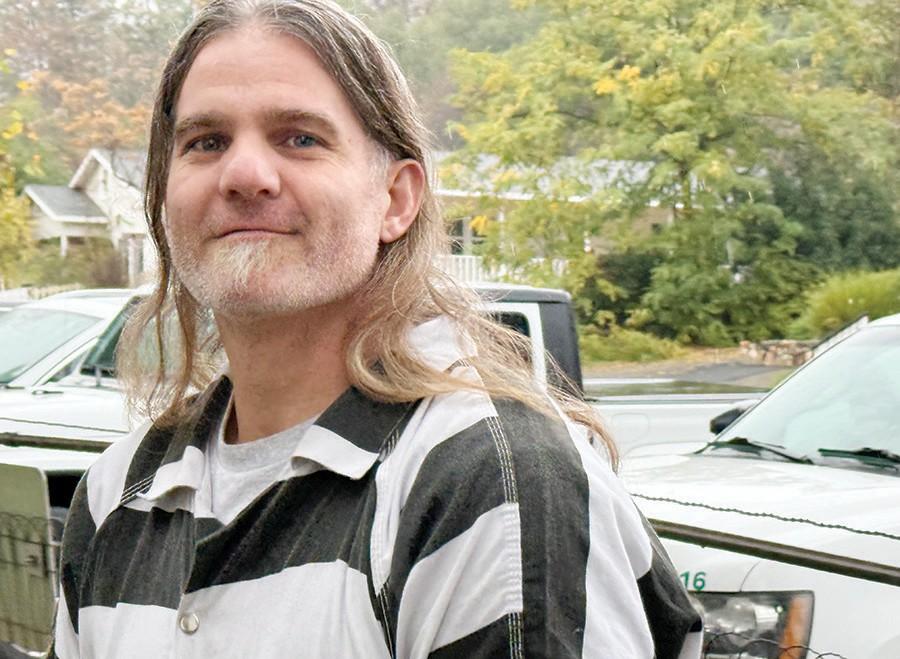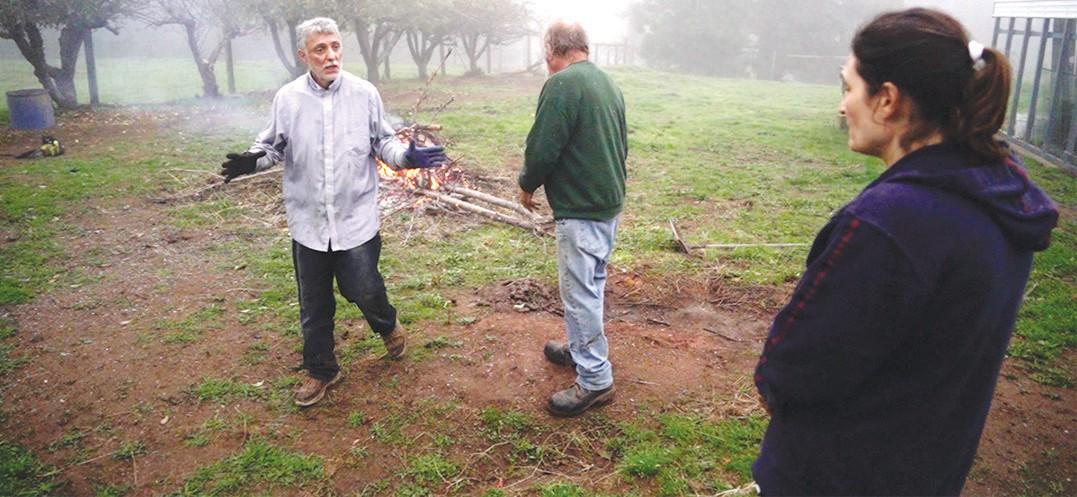Editor’s note: This is the third in a series of four stories about the legend of the Gold Coin. The series will conclude next week.
Still hunting for the Gold Coin ghost, the biker/cardiologist has led our narrator to Hornitos, based on the clue of the smell of chocolate.
I followed his black boots, raising dust puffs from the decaying sidewalk with each step. “What’s that?” He challenged me. His gloved finger pointed at a small door in a low building. The roof was so low, there’s no way a person could stand up in it.
“Something for animals, maybe?” I ventured.
“Nope. It’s a Fandango Hall.”
“A what?”
“Your clue led me to Hornitos. Hornitos leads us to this. Imagine this town swarming with people — thousands of them.”
I glanced around. A stray chicken meandered the street with its palsy-like stagger, pecking at the dust.
“People all frenzied to pull as much gold from the streams as possible. All speaking Spanish: Mexicans, Chileans, Peruvians, Spanish. The Gringos didn’t care where they came from. Anyone who spoke Spanish they called ‘Mexican.’ So imagine,” he continued, “these people finish their back-breaking work on their claims for the day — one more day that the Gringos didn’t come to take it all away — again. The Gringos, when they finish their work in the gold fields, they go to bars to buy booze and women. The people of Hornitos go to their Fandango Halls.”
He signals me to follow, over to the small door. Its thickly rusted hinges squeal, and we step down into an underground den. As he explains the origins of the Fandango — its Arab music and Gypsy dance traditions — I begin to see it: the earth floor of the sunken room has been covered in tiles. Candles flicker, illuminating the scene with quivering light that dances with rippling shadows. The light and shadows shift abruptly as someone walks past.
In a corner, a bearded man with a guitar strums passionately. Next to him, a fat man plays castanets with both hands. The room steams from 20 or more bodies. But only two dance. A man and a woman. He wears silver buttons on his vest, embroidered pants and boots with silver spurs. Candlelight flashes from his clothes. He looks like a matador in his Suit of Lights.
The dark skinned señorita flounces her skirts as she dances, choreographing them to the music and the sway of her hips. The swish of her dress is punctuated by the jangle of his spurs.
She and her Caballero circle about the floor, never touching. Onlookers line the walls and clap in time to the strumming guitar and clacking castanets. The two dancers both sing, alternating. He growls and trills his Rs. She sopranos coy ululations back at him. Like smoke from a Gypsy’s campfire, the music oozes intoxication.
The music stops abruptly. The dancers freeze, still penetrating each other with their eyes.
The onlookers breathe heavily, swallow what they’re drinking, and wait…
Suddenly the music starts again, and the dancers resume their ritualistic choreography. The Caballero’s boots stomp and jangle with the music. Light flashes periodically from the pistol he wears.
All the men lining the walls, elaborately dressed in the fashion of 19th century Spain, wear guns.
We work our way along the walls. No one pays any attention to us.
“But -”
“They can’t see us. Come on.”
Another girl dressed for the Fandango, her skirt blood red, leans against the far wall. Her skin is so pale it glistens with the candlelight.
“What are we doing here?”
“Looking for my ghost.”
“How will we know it?”
“I will smell; you will taste.”
“How many Fandango Halls are there?” I ask.
“Four. All connected by passageways. Different girls in each hall.”
“And different Caballeros,” I add.
Slowly my guide turns his head toward me and smiles. “These men do not come to watch the Caballeros.”
The music falters. It causes the dancers to adjust, visibly.
All heads along the wall turn to look at the doorway through which we’d entered.
A young man, his curly black hair glistening in the candlelight, emerges from the night, and straightens up. A black serape covers his shirt, but not his guns. One on each hip.
With all eyes on him, he mouths a greeting. His teeth glisten like snow. His neatly trimmed mustache moves only slightly. He radiates a powerful dignity, even in the dingy light. His eyes appear to be blue.
“Who …”
My guide shrugs. “Some guy.”
The young man takes a swallow of beer from the keg and looks around slowly. Then begins to walk in our direction. The music and singing continue.
In the smoky light of the Fandango Hall, I follow his movements by the glistening silver buttons that stud the side of his pant legs from his belt to his boots.
Other men — all the other men — step aside to let him weave slowly through the crowd. They also stand more erect after he passes. He walks right past us. The flavor of chocolate sweeps my tongue.
“Did you … “ I blurt to my guide.
He nods. “Yes. I smelled it.”
At the young Hidalgo’s approach, the pale skinned Fandango girl pushes herself away from the wall, a slight smile on her lips.
The Fandango rhythm grows faster. The guitarist slaps the box and strums more quickly. The castanets snap. The men clap their hands and ululate with vibrating tongues. The dancing girl yanks at her skirt in near frenzy with the overheating music. Her voice, responding to her partner’s, comes in breathy heavings.
My guide turns to follow the young man. “Come on,” he yells at me above the music. The young man and the pale Fandango girl are already speaking.
“- – – our Honor,” he says in Spanish, his arm gesticulating with passion, “it is trampled by these Gringos … these … barbarians.”
“They do not understand Honor,” the girl agrees in a calm voice. “They only understand gold.”
“In their greed,” his eyes flash, “they steal our country and our right to take a living from it.”
Rage boils in his throat. “They hang my brother-in-law, who was innocent.” His fists clench. “And they defile my wife,” he spews.
“She is safe,” the girl says with softness meant to sooth him. “She is safe with me. But she will not be safe if she is seen with you.”
“Tomorrow I ride to Mariposa,” he seethes through his teeth.
“No, no,” the girl begs. “Take her and leave California now.”
“Tomorrow that thief, Fremont, he sells gold to some San Francisco people in his office.”
“Fremont did not kill Reyes,” the Fandango girl continues in her attempts to quench his fury. “Fremont did not violate your wife.”
He leans into her face.
“Verdad. Fremont did not, himself, do all the things that Gringos have done to us. But Fremont,” he enunciates each syllable like gunshots, “invaded Alta, California and raised the flag of the Bear. He started the Mexican War. He took a Spanish land grant. He takes all the best mining places. He hires his own army. So, no, he did not, with his own hands, tie the rope around the neck of Reyes and pull his feet from the ground. Nor did Fremont tie me to that tree and horsewhip me until my blood flooded over my back and I could barely move for three weeks. Nor did Fremont throw Rosa to the ground and …”
He chokes. He swallows. Before he can finish his struggle to regain his voice, the girl interjects, “do not speak of this again, Joaquin. You cause me too much pain. Here.” She holds both her hands over her heart.
My guide gasps. His mouth drops open. He nearly falls backward. “Joaquin,” he whispers.
I open my palms in front of me, asking for an explanation.
“My ghost,” he shakes his head, “is Joaquin Murietta.”
Dr. Charles Mosher, M.D., M.P.H., was Mariposa’s county health officer from 1988-2014. Prior to his work at Mariposa County, Mosher served in the Peace Corps, worked for the state of Georgia and served for 11 years with the Merced County Health Department. He can be reached at author@greaterstory.com.











Responses (0)